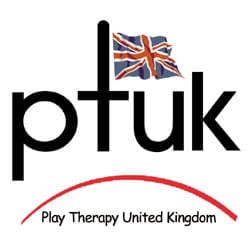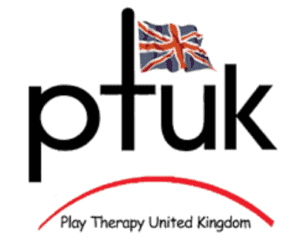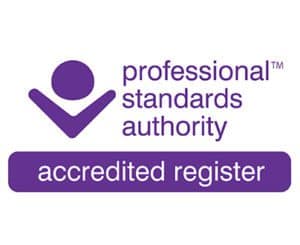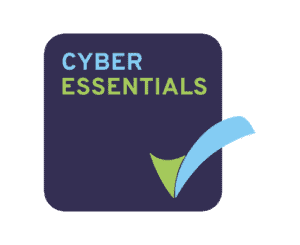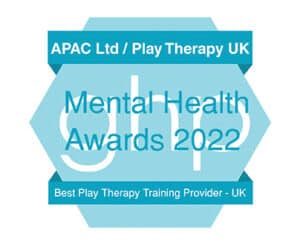| 124 |
Academic under achievement |
Under Performance |
Learning Difficulties |
| 112 |
ADHD – Combined subtype – 314.01 |
Attention-deficit and disruptive behaviour disorders |
Learning Difficulties |
| 113 |
ADHD – Difficulties in sustaining attention |
Attention-deficit and disruptive behaviour disorders |
Learning Difficulties |
| 114 |
ADHD – Disruptive Behaviour Disorder |
Attention-deficit and disruptive behaviour disorders |
Learning Difficulties |
| 116 |
ADHD – Predominantly hyperactive-impulsive subtype – 314.01 |
Attention-deficit and disruptive behaviour disorders |
Learning Difficulties |
| 117 |
ADHD – Predominantly inattentive subtype – 314.00 |
Attention-deficit and disruptive behaviour disorders |
Learning Difficulties |
| 500 |
Adjustment Issue – General |
Adjustment Issues |
Social/Family |
| 501 |
Adjustment Issue – With anxiety – 309.24 |
Adjustment Issues |
Social/Family |
| 502 |
Adjustment Issue – With disturbance of conduct – 309.3 |
Adjustment Issues |
Social/Family |
| 503 |
Adjustment Issue – With mixed anxiety and depressed mood – 309.28 |
Adjustment Issues |
Social/Family |
| 504 |
Adjustment Issue – With mixed disturbance of emotions and conduct – 309.4 |
Adjustment Issues |
Social/Family |
| 520 |
Aggression – including bullying |
Behaviour/Conduct Problems |
Social/Family |
| 512 |
Anger |
Behaviour/Conduct Problems |
Social/Family |
| 513 |
Antisocial behaviour |
Behaviour/Conduct Problems |
Social/Family |
| 200 |
Anxiety disorder |
Anxiety disorders |
Mental Health |
| 250 |
Asperger’s Disorder – 299.80 |
Pervasive developmental disorders |
Mental Health |
| 510 |
Attachment Issues |
Attachment Issues |
Social/Family |
| 110 |
Attention-Deficit Hyperactivity Disorder |
Attention-deficit and disruptive behaviour disorders |
Learning Difficulties |
| 251 |
Autistic disorder – 299.00 |
Pervasive developmental disorders |
Mental Health |
| 310 |
BED (Binge-Eating Disorder) |
BED (Binge-Eating Disorder) |
Physical Health |
| 520 |
Bereavement Close Relatives |
Bereavement/Loss |
Social/Family |
| 210 |
CAD Childhood Adjustment Disorder |
Childhood Adjustment Disorder |
Mental Health |
| 220 |
CD Childhood Depression |
Depression and grief |
Mental Health |
| 514 |
Child or adolescent antisocial behaviour – V71.02 |
Behaviour/Conduct Problems |
Social/Family |
| 221 |
Diminished activity |
Depression and grief |
Mental Health |
| 900 |
Disorder of infancy, childhood or adolescence NOS – 313.9 |
Other disorders of infancy, childhood, or adolescence |
Miscellaneous |
| 120 |
Dyslexia/Reading disorder – 315.00 |
Learning Disability |
Learning Difficulties |
| 001 |
Emotional abuse |
Abuse |
Abuse & Trauma |
| 321 |
Encopresis |
Enuresis and Encopresis |
Physical Health |
| 320 |
Enuresis |
Enuresis and Encopresis |
Physical Health |
| 540 |
Family relationship difficulties |
Parental Separation and Divorce Adjustment |
Social/Family |
| 201 |
Generalized anxiety disorder – 300.02 |
Anxiety disorders |
Mental Health |
| 240 |
Guilt |
Personality Problems |
Mental Health |
| 223 |
Ideas of guilt and unworthiness |
Depression and grief |
Mental Health |
| 118 |
Impulsiveness |
Attention-deficit and disruptive behaviour disorders |
Learning Difficulties |
| 230 |
Intermittent explosive disorder – 312.34 |
Impulse-control disorders not elsewhere classified |
Mental Health |
| 241 |
Lack of confidence |
Personality Problems |
Mental Health |
| 242 |
Lack of self esteem |
Personality Problems |
Mental Health |
| 224 |
Loss of interest and enjoyment |
Depression and grief |
Mental Health |
| 515 |
Lying |
Behaviour/Conduct Problems |
Social/Family |
| 226 |
Mild Depressive disorders – 296.31 |
Depression and grief |
Mental Health |
| 330 |
Nightmare disorder – 307.47 |
Sleep disorders |
Physical Health |
| 202 |
Nightmares |
Anxiety Disorders |
Mental Health |
| 123 |
ODD Oppositional Defiant Disorder |
ODD Oppositional Defiant Disorder |
Learning Difficulties |
| 119 |
Oppositional Defiant Disorder – 313.81 |
Attention-deficit and disruptive behaviour disorders |
Learning Difficulties |
| 521 |
Other Loss |
Bereavement/Loss |
Social/Family |
| 516 |
Parent-child relational problem – V61.20 |
Behaviour/Conduct Problems |
Social/Family |
| 115 |
Persistent over activity |
Attention-deficit and disruptive behaviour disorders |
Learning Difficulties |
| 002 |
Physical abuse |
Abuse |
Abuse & Trauma |
| 125 |
Physical under performance |
Under Performance |
Learning Difficulties |
| 517 |
Poor School Attendance |
Behaviour/Conduct Problems |
Social/Family |
| 104 |
Posttraumatic stress disorder – 309.81 |
Trauma |
Abuse & Trauma |
| 511 |
RAD Reactive Attachment Disorder |
Attachment Issues |
Social/Family |
| 901 |
Reactive attachment disorder of infancy or early childhood – 313.89 |
Other disorders of infancy, childhood, or adolescence |
Miscellaneous |
| 300 |
Recurrent compensatory inappropriate behaviour to prevent weight gain |
Anorexia and Bulimia |
Physical Health |
| 530 |
Reduced concentration and attention |
Depression and grief |
Social/Family |
| 225 |
Reduced self esteem |
Depression and grief |
Mental Health |
| 550 |
Relational problem – general |
Relationship problems |
Social/Family |
| 260 |
SAS Separation Anxiety Disorder |
SAS Separation Anxiety Disorder |
Mental Health |
| 902 |
Separation anxiety disorder – 309.21 |
Other disorders of infancy, childhood, or adolescence |
Miscellaneous |
| 003 |
Sexual abuse |
Abuse |
Abuse & Trauma |
| 243 |
Shyness |
Personality Problems |
Mental Health |
| 551 |
Sibling relational problem – V61.8 |
Relationship problems |
Social/Family |
| 203 |
Social phobia – 300.23 |
Anxiety Disorders |
Mental Health |
| 126 |
Social relationships difficulties |
Under Performance |
Learning Difficulties |
| 121 |
Temper tantrums |
ODD Oppositional Defiant Disorder |
Learning Difficulties |
| 518 |
Unauthorised Absences |
Behaviour/Conduct Problems |
Social/Family |
| 245 |
Withdrawn Personality |
Personality Problems |
Mental Health |
